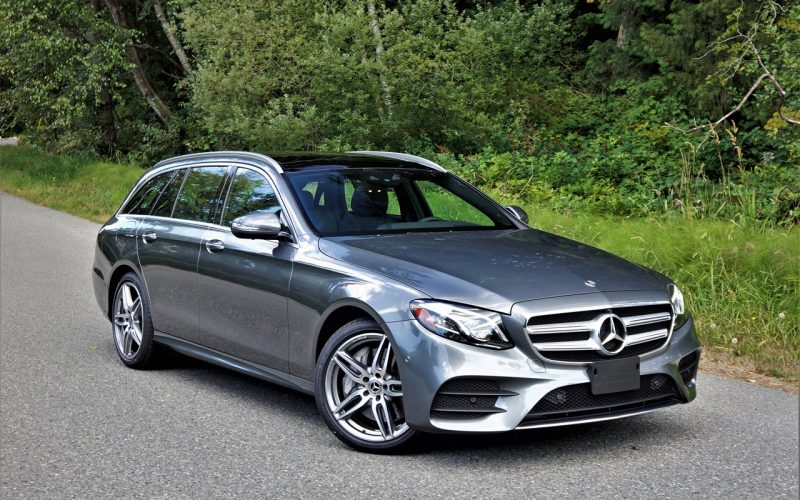
Reading Time: 11 minutesSport utilities might be all the rage these days, but there’s a select group of discerning
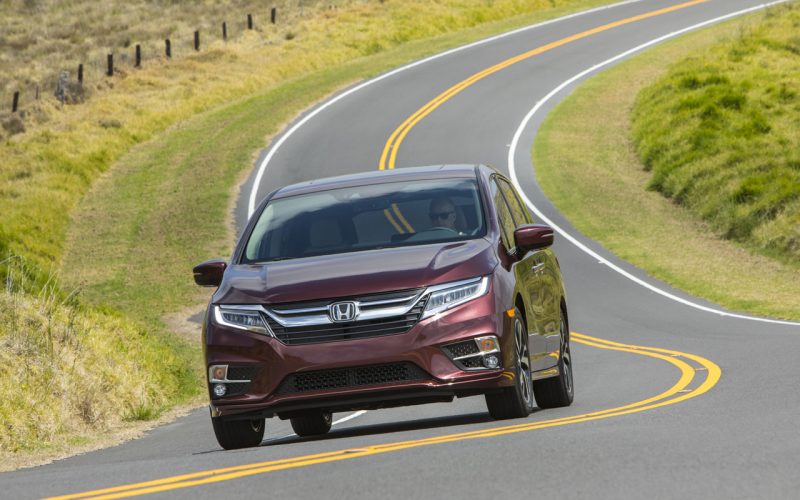
Reading Time: 3 minutesIn case you missed it, the 2018 Fit, 2018 Accord, and 2018 Odyssey received Residual Value
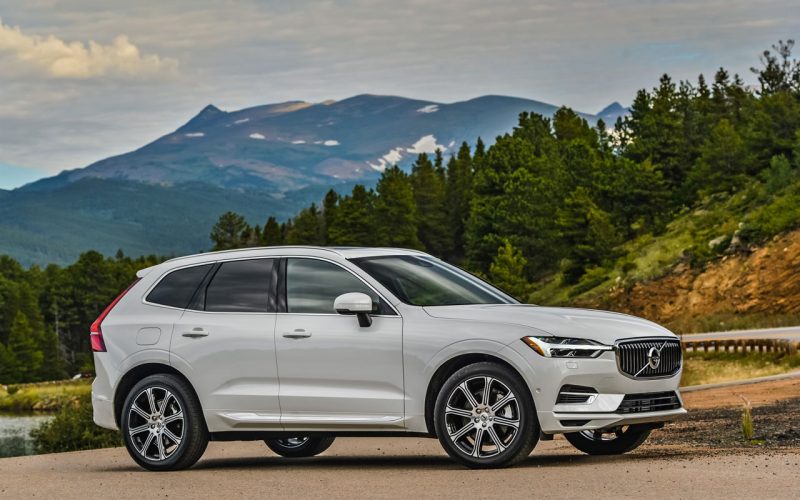
Reading Time: 6 minutesVolvo has become the darling of the North American Utility of the Year award program in
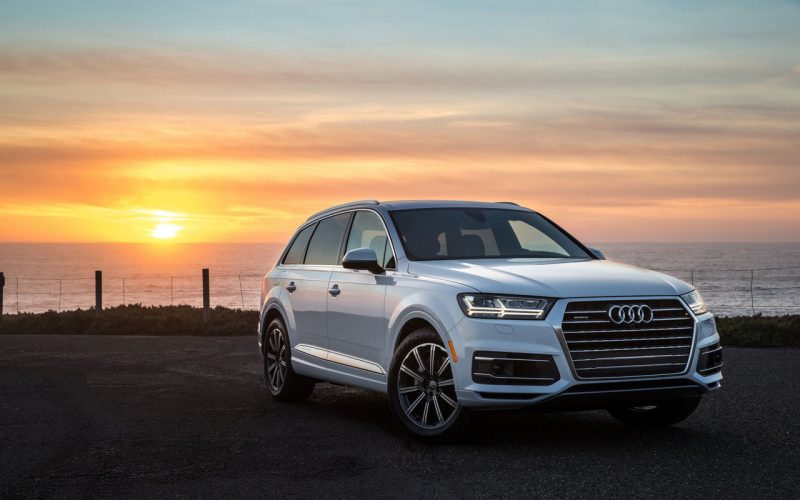
Reading Time: 4 minutesAudi and Subaru have been named best Mainstream Brand and best Premium Brand respectively in ALG’s
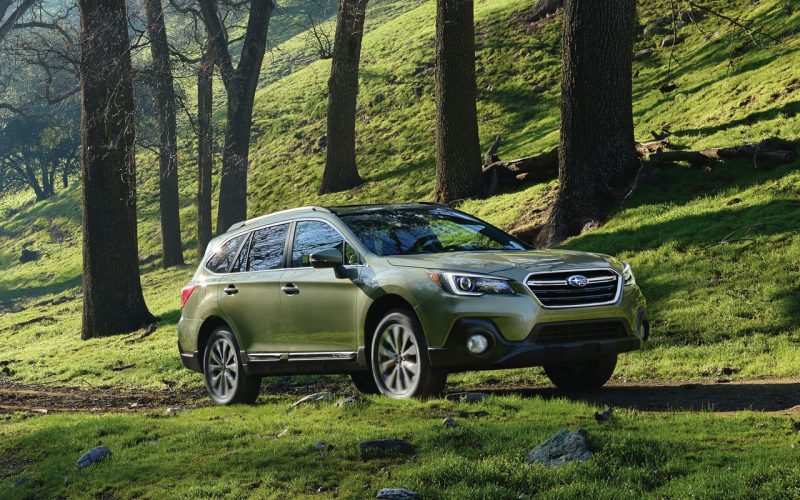
Reading Time: 3 minutesSubaru Canada, Inc. (SCI) capped off calendar year 2017 with its best December on record, helping
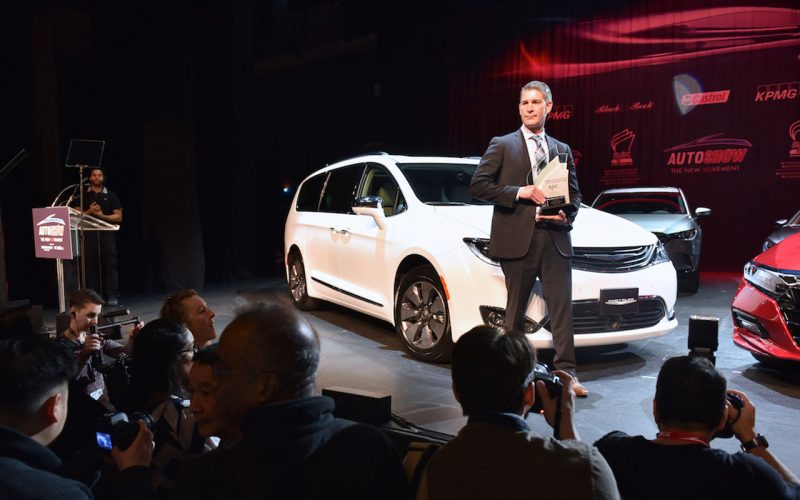
Reading Time: 4 minutesAfter taking home the award for Best Large Car in the Automobile Journalist Association of Canada’s
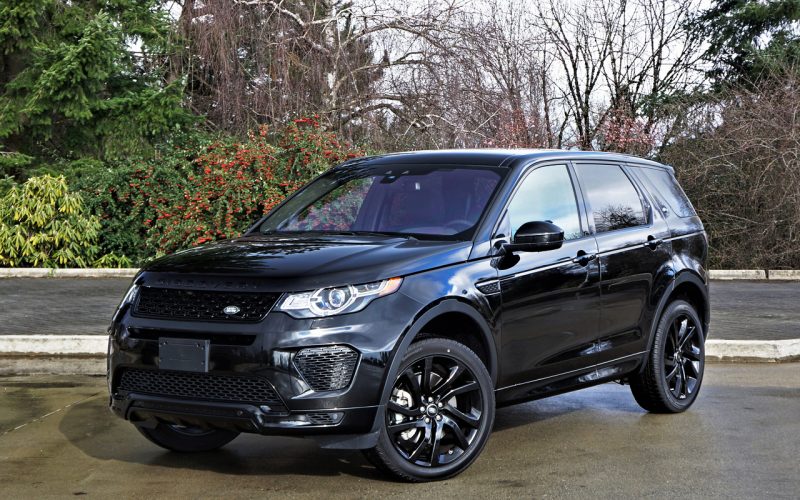
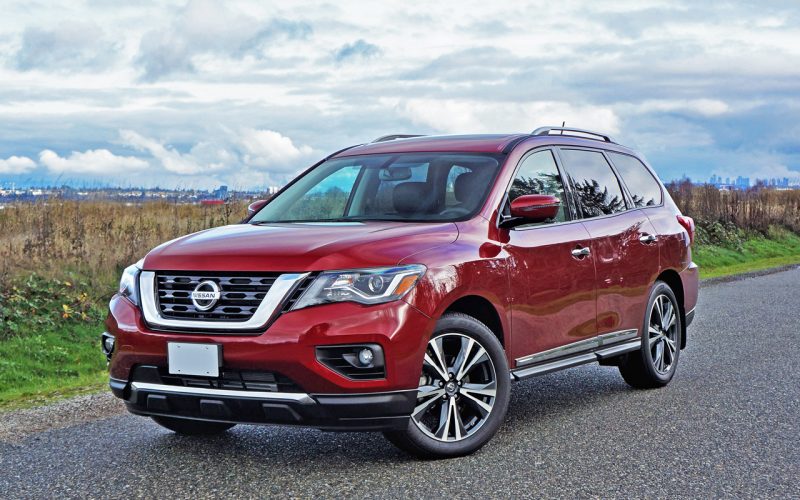
© 2025 The Car Magazine. All Rights Reserved, Privacy Policy | Terms of Use